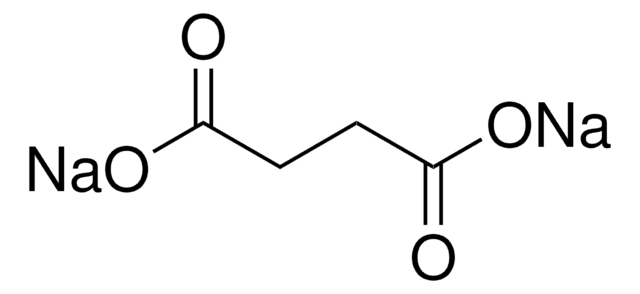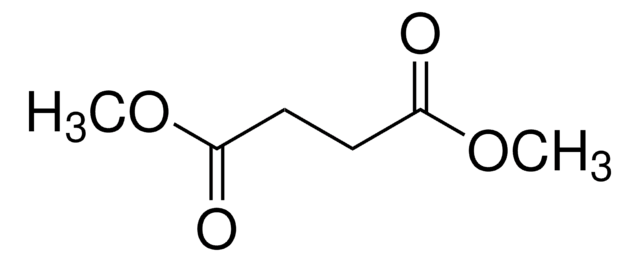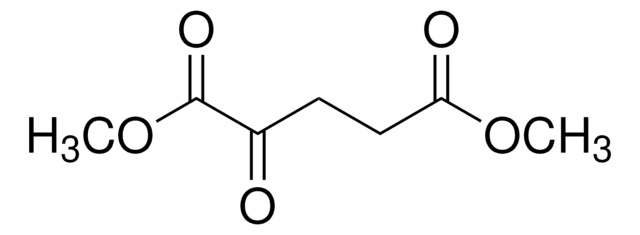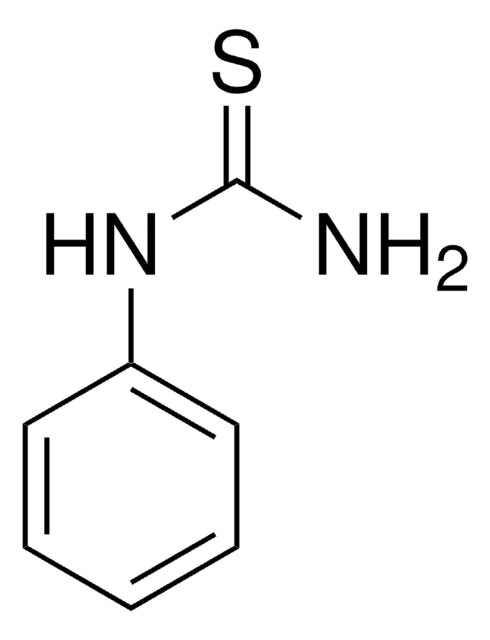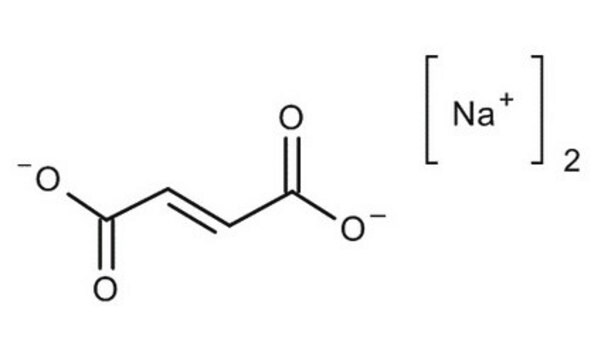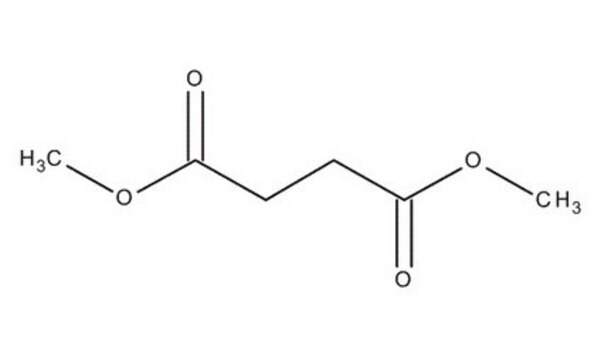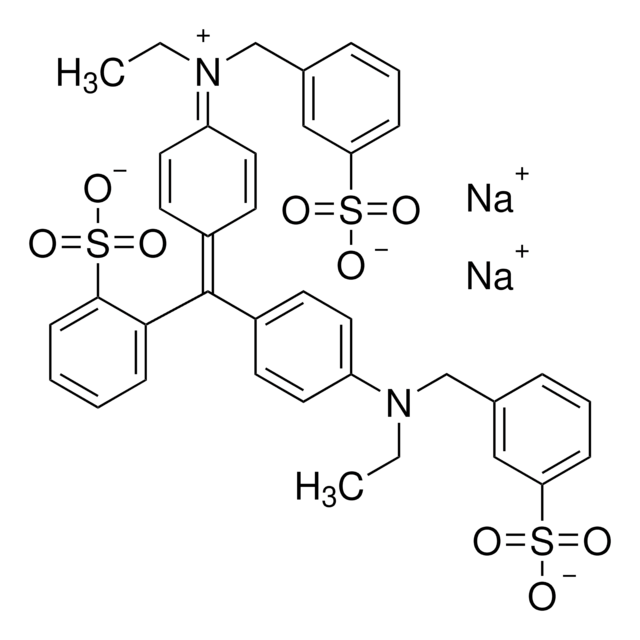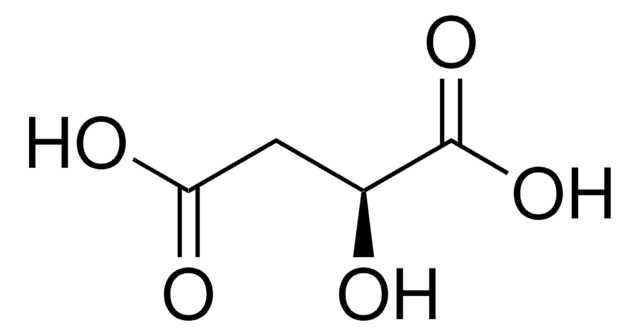S9637
Sodium succinate dibasic hexahydrate
BioReagent, suitable for cell culture, suitable for insect cell culture
Synonyme(s) :
Butanedioic acid disodium salt, Succinic acid disodium salt
About This Item
Produits recommandés
Gamme de produits
BioReagent
Niveau de qualité
Technique(s)
cell culture | insect: suitable
cell culture | mammalian: suitable
pH
8—9.5 (25 °C, 270 g/L)
Solubilité
H2O: 100 mg/mL, clear, colorless
Chaîne SMILES
O.O.O.O.O.O.[Na+].[Na+].[O-]C(=O)CCC([O-])=O
InChI
1S/C4H6O4.2Na.6H2O/c5-3(6)1-2-4(7)8;;;;;;;;/h1-2H2,(H,5,6)(H,7,8);;;6*1H2/q;2*+1;;;;;;/p-2
Clé InChI
ZBTUYCUNQBRXOR-UHFFFAOYSA-L
Vous recherchez des produits similaires ? Visite Guide de comparaison des produits
Description générale
Application
- as a supplement in the assay medium to incubate mitochondria to measure the specific activity of complex-II
- as a component in plant induction medium/ protoplast induction media (PIM) for plant regeneration
- as a small-molecule additive in the fresh medium to study its positive synergistic effects on transgene expression in Chinese hamster ovary (CHO) cells
Caractéristiques et avantages
- Versatile and adaptable for a wide variety of laboratory and research applications
- BioReagent Grade Sodium succinate for your Cell Biology and Biochemical research
- Tested for Mammalian and Insect cell culture applications
Autres remarques
Vous ne trouvez pas le bon produit ?
Essayez notre Outil de sélection de produits.
Code de la classe de stockage
11 - Combustible Solids
Classe de danger pour l'eau (WGK)
WGK 1
Point d'éclair (°F)
Not applicable
Point d'éclair (°C)
Not applicable
Équipement de protection individuelle
dust mask type N95 (US), Eyeshields, Gloves
Faites votre choix parmi les versions les plus récentes :
Déjà en possession de ce produit ?
Retrouvez la documentation relative aux produits que vous avez récemment achetés dans la Bibliothèque de documents.
Les clients ont également consulté
Notre équipe de scientifiques dispose d'une expérience dans tous les secteurs de la recherche, notamment en sciences de la vie, science des matériaux, synthèse chimique, chromatographie, analyse et dans de nombreux autres domaines..
Contacter notre Service technique


